Somewhere between 15,000 and 18,000 new species are identified each year. So many that it's really hard to keep up with them all. Scientists have so far identified two million species of plants, animals, and microbes. But there is so much more left to discover with the insect. Being a huge part of that discovery from ants using Kamikaze techniques to keep the colonies, to a spider that uses itself as a slingshot to catch its prey. So, here are the newly discovered insects that will blow your mind with their hunt techniques.
1.Madagascar's Pelican Spider
Thought to have gone extinct, until 18 new species were rediscovered in 2018. The Madagascar Pelican spider is one of the most bizarre-looking spiders on the planet. In fact, it doesn't resemble a spider at all. At a mere five millimeters long these tiny spiders behave just as odd as they look because the most interesting thing is that they don't do what other spiders do. 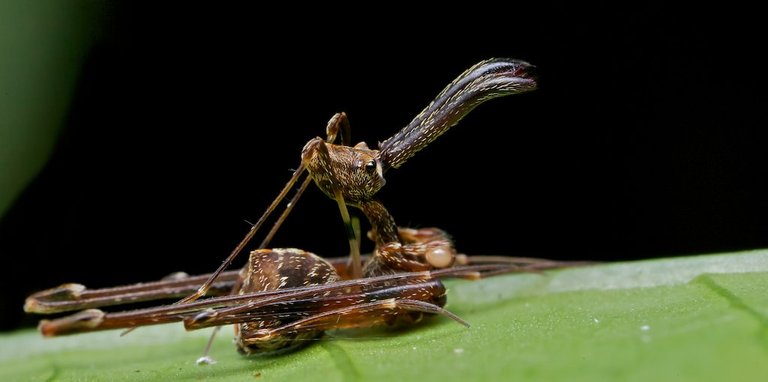
They don't build webs, dig tunnels or set tripwires waiting for an unsuspecting insect to come along. Instead, they follow the Fink Trails of silk that other spiders leave behind as they go stocking their fellow arachnids until they get a chance to pounce. They then use their long fangs as poisonous skewers impaling their brain, and if that's not weird enough- their heads are stretched into a tubular structure that gives the appearance of a separate head and neck.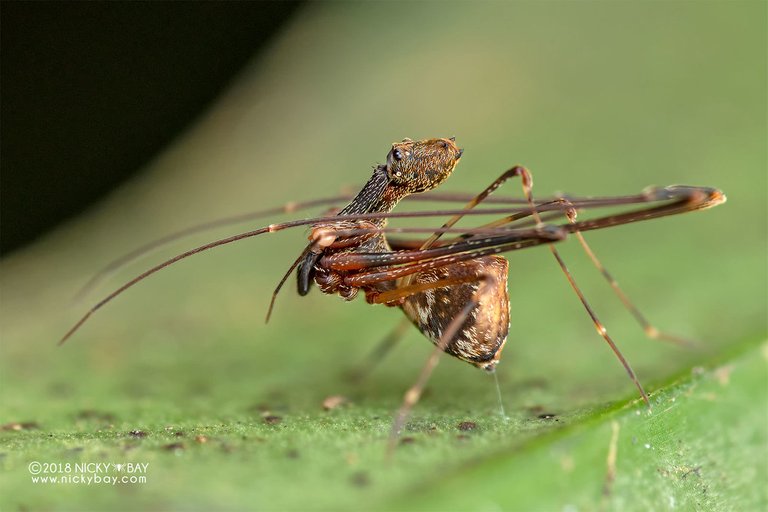 However, the spider's mounts are actually below the neck and the head like the bulb is loaded with muscle to power their highly maneuverable jaws which they used to impale their prey.
However, the spider's mounts are actually below the neck and the head like the bulb is loaded with muscle to power their highly maneuverable jaws which they used to impale their prey.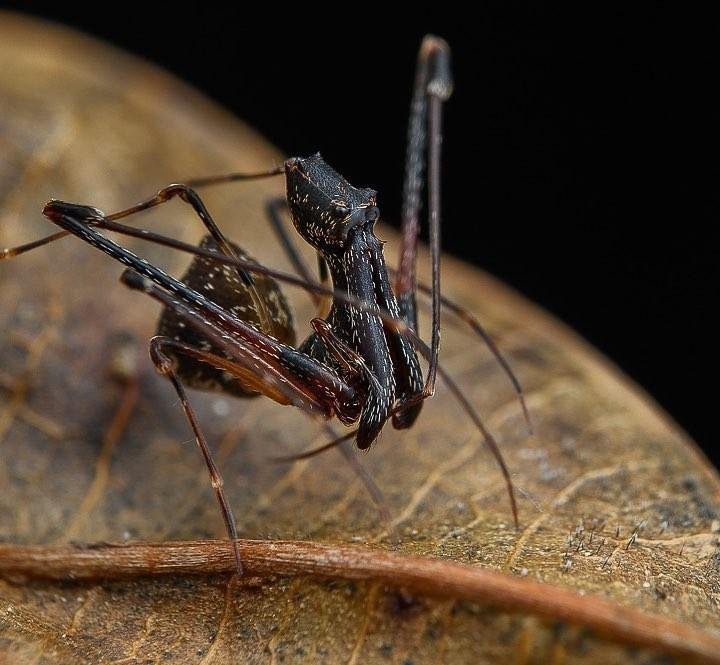
2.Hitchhiking Beetle
You might think that writing ants are a mode of transportation reserved for animated kids movies and a certain wisecracking Avenger, but apparently, a newly discovered beetle in Costa Rica heard about how strong ants are and decided to hitch a ride. First found by scientists in 2017. 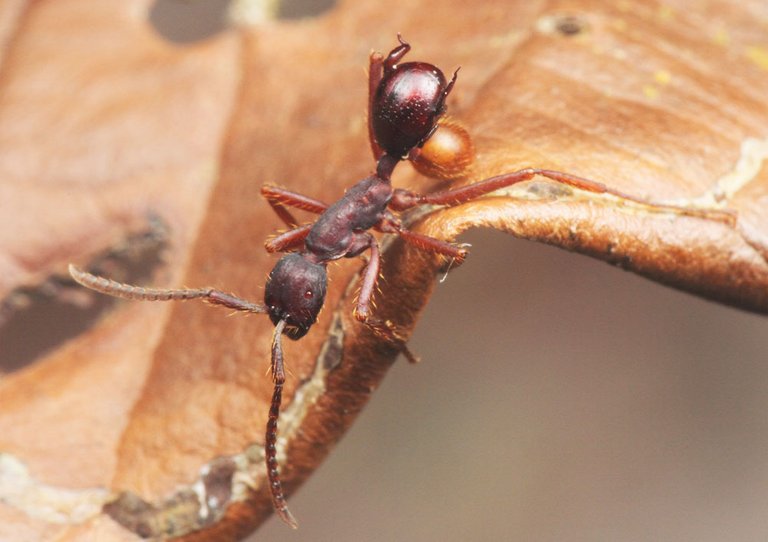
A group of biologists almost didn't notice this well-disguised Beetle clamped onto the abdomen of an army hand. It's so well disguised that detecting this insect is nearly impossible with the naked eye, and the researchers only noticed them because of a strange difference in the reflection of the abdomen of some of the ants they were collecting at night. An up-close inspection of the captured ants, that are slightly different colors. 
To be more specific, the beetles use their jaws to bite down and latch onto the ants turning these dedicated workers into a quick mode of transportation from one side of the forest to the other
3.See-Through ‘’Shrimp ‘’
The see-through ‘’shrimp’’ looks like something straight out of a horror movie, but it's not actually a shrimp and it's not an alien either. These strikingly disturbing looking for stations were discovered by a team from the University of Seville in Spain, and are members of the anti-pod family. 
They live in the deep dark of several caves off the coast of Catalina and appear to have at least a few adaptions in common with deep-sea creatures. They have small eyes, completely see-through bodies and display sexual dimorphism, that is to say, the two sexes are easily distinguishable by a sign. 
Males are much larger with a bigger closet than females. Despite their somewhat frightening appearance, the translucent body serves a very important purpose of helping disguise them in the water and the trick has been so successful that we've only just found out about them in 2013.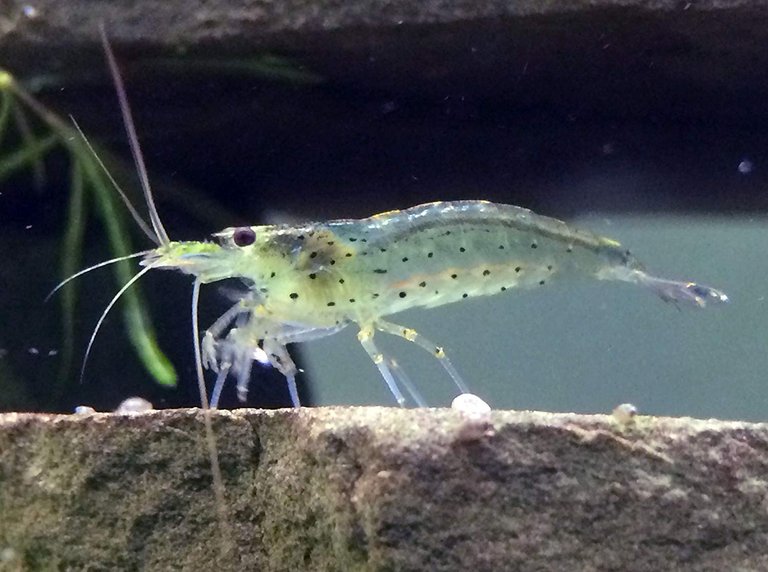
4.Fairy-like Moth
It's not often that a moth is a mystery, but the aptly-named ‘’enigma moth’’ is practically a Rubik's Cube level puzzle. Described as a living fossil, this sparkling insect is part of an ancient group of moths with ties back to the days of the dinosaurs. 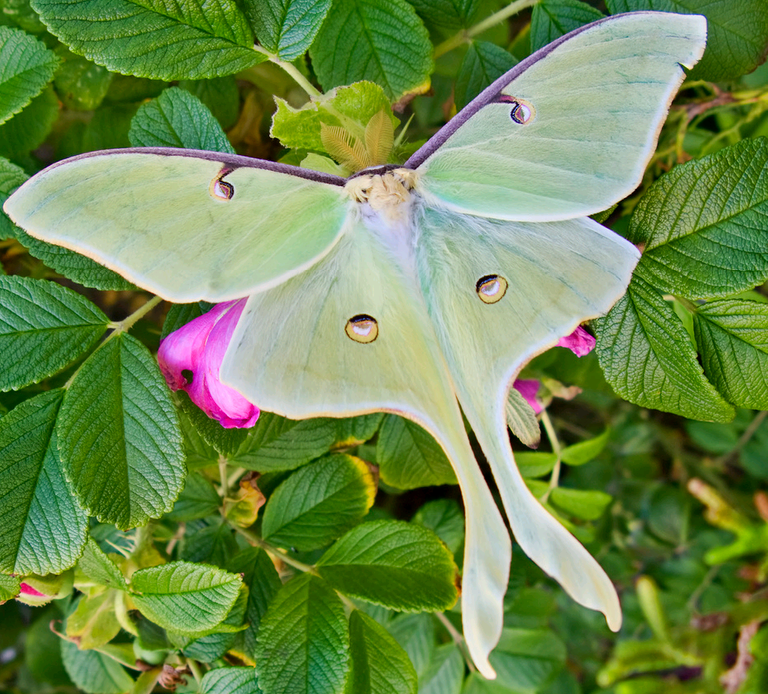
These are little creatures that are so prehistoric with their iridescent gold and purple scales and feather-like tasseled wings that the 2015 discovery has provided scientists a unique window into the evolutionary path of moths and quite possibly insects as a whole. What makes the survival of this species especially remarkable is the fact that their entire adult life is only one day long. So, if you thought to find a day was hard, imagine having to do it all under 24 hours. Yet somehow this tiny fluffy bug has managed to not just survive but to thrive undetected for millennia.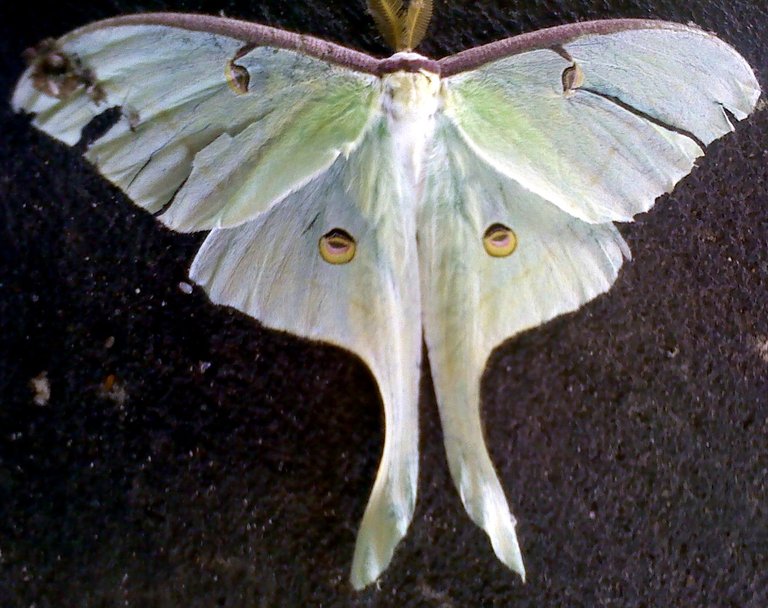
5.Living Branch
If this Living Branch ever took on a role in some sort of stage play it would probably be regulated to serving as one of these less than dignified props, but that's okay because this bug doesn't want any attention. At more than a foot long and considered as the second largest stick insect ever to be found in the world, this species makes itself at home in the jungles of Vietnam. 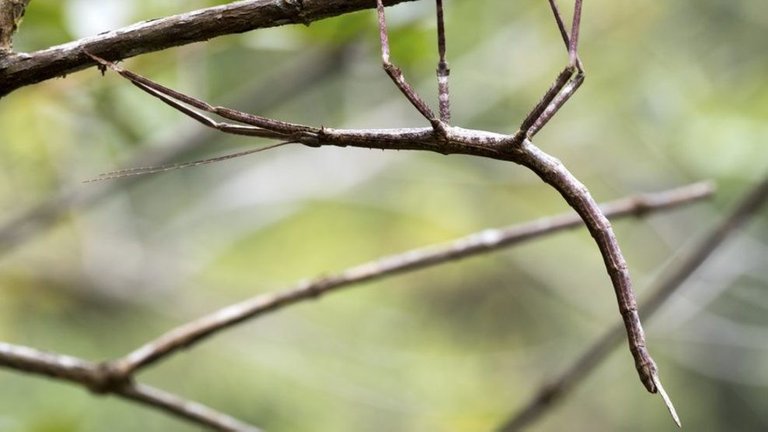
It was discovered just in the year 2014 and managed to stay hidden for so long despite its size because its stick-like form matches so perfectly to its environment. That it's nearly impossible to spot if you're just walking through the forest. This seemingly on adaptation has allowed it and similar insects to survive in relative safety, often disguising themselves as a very peculiar kind of tree depending on the species.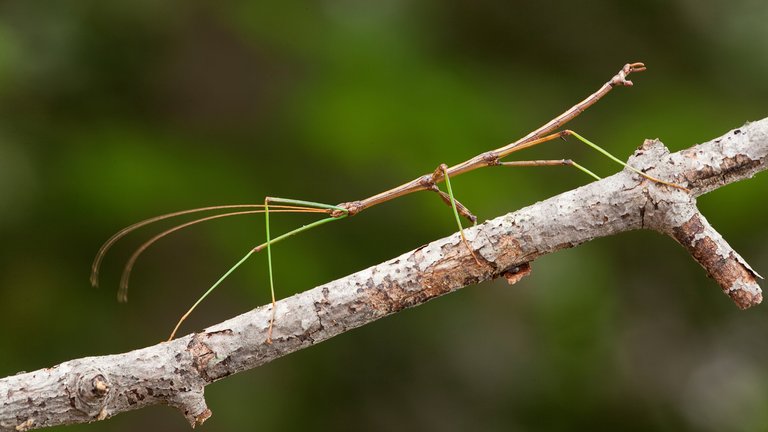
6.Fearless Ant
It is well-known that ants are almost robotically loyal to their home colonies, but one fearless ant species discovered in Madagascar back in 2014, take their dedication to family to whole new heights. When workers and other ants at the entrance of the nest sense the presence of an intruder they exhibit, what is considered a rather strange and extreme insect behavior?
Instead of swarming the foreign body as regular ants would, these Oddball insects and grab onto the offending creature with their huge jaws, and hurl themselves off the high ledges through which they tunnel their homes. Often this brash move is all it takes to toss potential threats to the side, and then the ants can just get up, march up the hill, and go back to work as if nothing has happened.It is certainly odd, but an effective strategy to defend the colony and it's earned them many thousands of years of survival as a species.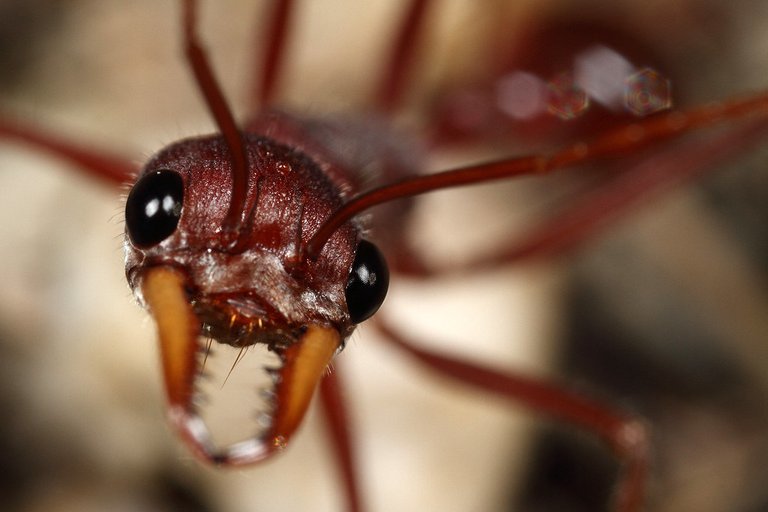
7.Triangle Weaver Spider
This interesting spider was recently discovered and has a remarkable ability that other spiders don't possess. The triangle weaver builds a web to catch its prey like any other spider. However, when their prey hit the web something nearly logic-defying happens. Sitting in one corner, the spider seems to suddenly teleport in the blink of an eye closer to its prey. 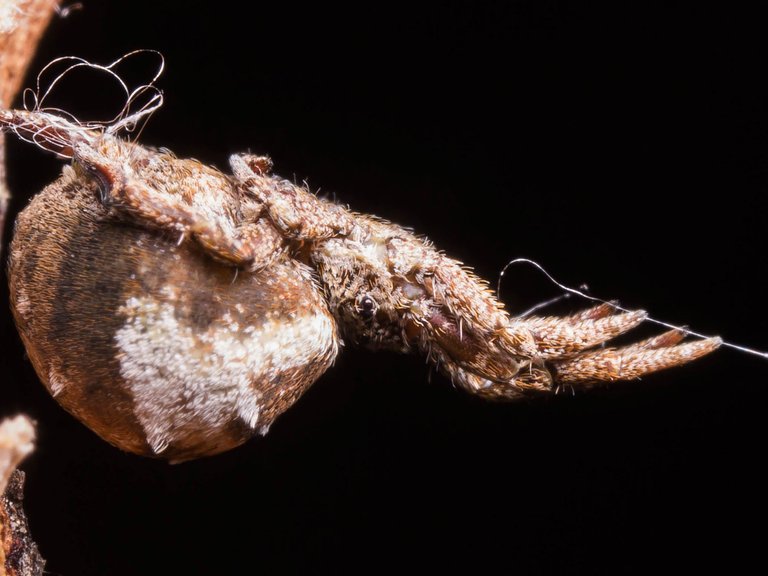
Then another, and then another until the web eventually collapses on the inset. It might seem like this spider has the ability to teleport, but it's pulling up something you'd never think possible. With its front legs, it tugs at thread within the larger structure of the web building up tension, while at the same time using its back legs to hold another anchor thread, leaving a lot of slap. The extra thread coils up near the spider spinarak and when the spider releases the coiled anchor line, the arachnid rockets forward with an incredible speed which researchers measured at an astonishing point four miles per second or 773 meters per second.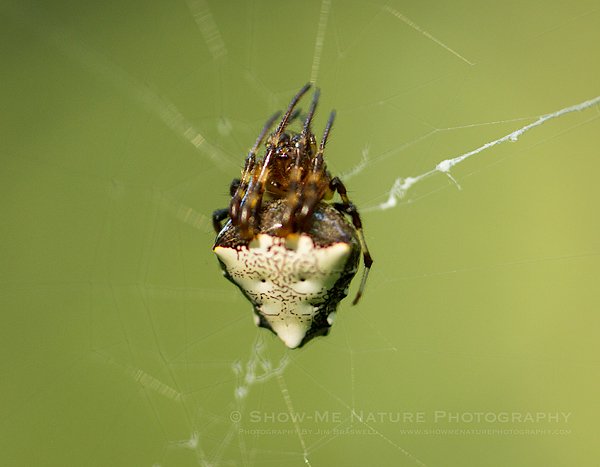
8.Cave Dwelling Beetle
At less than half an inch long, the recently discovered insects don't exactly strike an intimidating figure. In fact, this beetle is so weird. It seems like it defies common sense, but it just might be the most cave-dwelling adapted beetle in existence. When a group of scientists working in China first shined their lights on this odd-looking little insect, they noted that it had no eyes, little pigmentation, and an extremely long head. 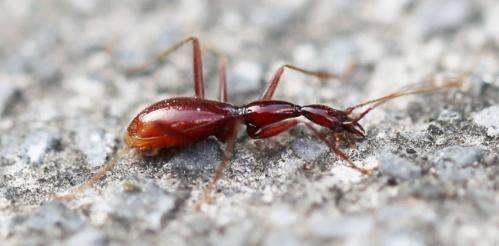
It was long all over with sections of its legs being much longer than a previously known species. This super stretched out body along with the natural climbing ability most beetle share has allowed these cave-dwelling beetles to squeeze into crevices that remain inaccessible to their more regularly shaped cousins, and that proficiency with caves has allowed it to evade detection until recently in 2018. 
Our planet is amazing and full of mysteries and our mission is to discover them and protect. I hope you enjoyed this. You can tell which one of these creatures you thought was the coolest.